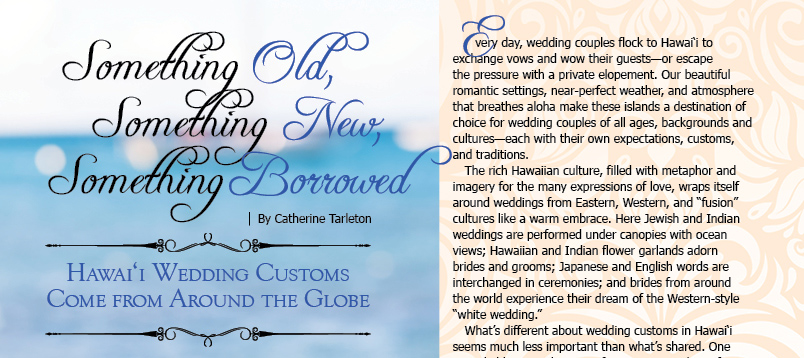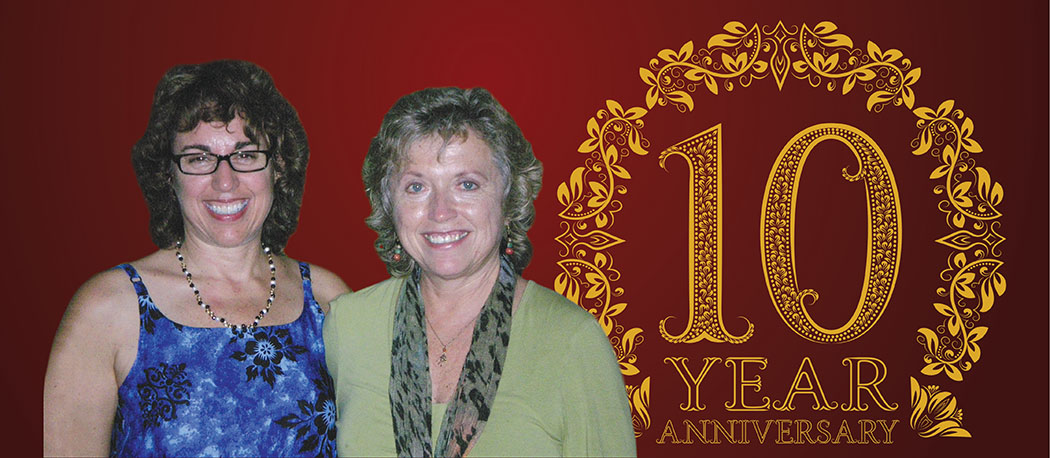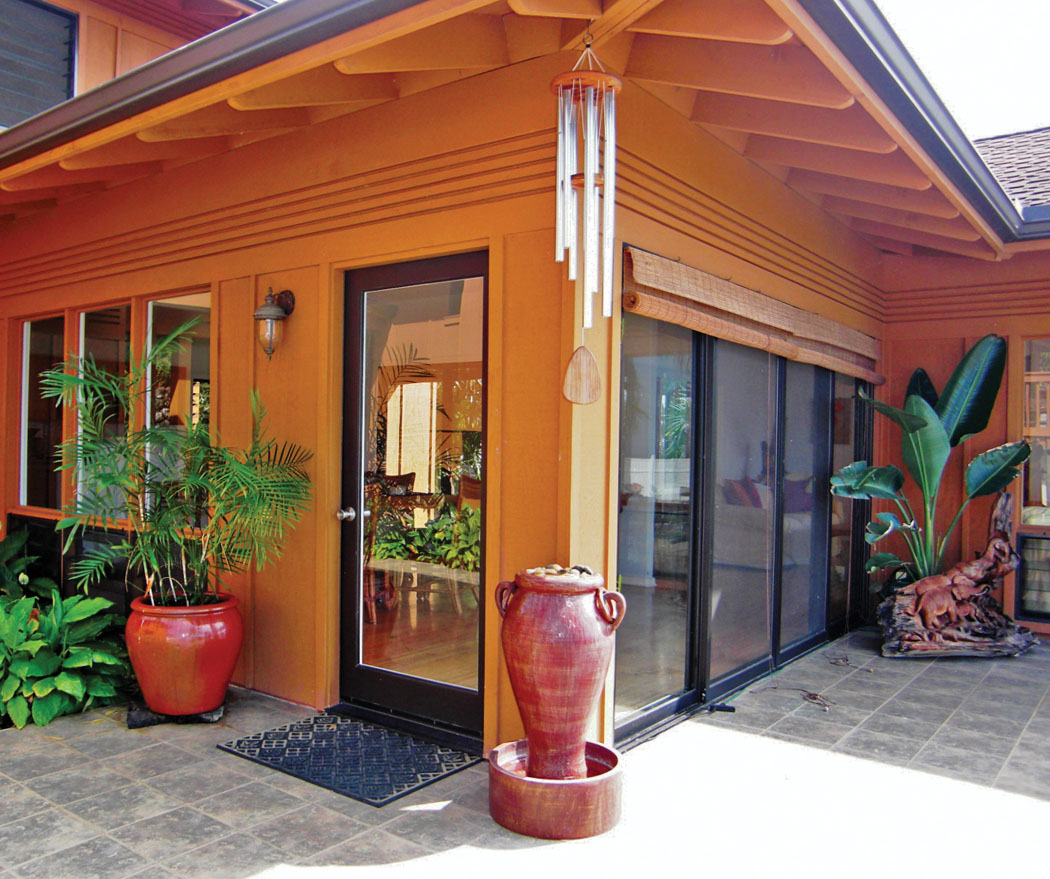![“Most people who new Makua just couldn’t resist being in his presence,” says visionary social architect Jim Channon. “[When I painted this] I tried to capture how he fully occupied the field of energy that he was a part of. He was a much beloved friend to all who had the good luck of knowing him.”](https://keolamagazine.com/wp-content/uploads/2019/08/kahuan-elder-1.jpg)
Walking In the Footsteps of a Kahuna Elder
![“Most people who new Makua just couldn’t resist being in his presence,” says visionary social architect Jim Channon. “[When I painted this] I tried to capture how he fully occupied the field of energy that he was a part of. He was a much beloved friend to all who had the good luck of knowing him.”](https://keolamagazine.com/wp-content/uploads/2019/08/kahuan-elder-1.jpg)
“There is no separation between one lifetime and the next lifetime, so therefore, it’s time for all of us to wake up.”—Kupuna Hale Kealohalani Makua, Native Hawaiian Elder Elder’s Council Meetings in Bali & Hawaii, 2002-2003
You want to know.
You want to feel, see, and learn the teachings of Hawaii’s people, the wisdom of the ancients, to better understand our place, before the wisdom could be lost.
You want to hear the secret whispers of teachers like Hale Kealohalani Makua, who by most accounts was the big Kahuna, one whose words have endured on the Big Island because wise people never stopped listening to their ancestors.
Though he joined his ancestors in 2004, Kahuna Nui Makua was gifted with an almost mythic life.
He began his journey at Pukalehua, the “Doorway to Heaven,” where people who loved him planted a tree above his placenta in an ancient Hawaiian birth ceremony. Among the mingled scents of jasmine and tuberose, they prayed that Hale Makua’s life, like the tree growing above Ho’okena in South Kona, would connect heaven and earth.
Through his mother, Makua was a seventh generation direct descendent of King Kamehameha. Through his father, he descended from the beloved Keoua Kuahu’ula of Ka’u—the high chief murdered and sacrificed by Kamehameha himself in Kohala—clearing the way for Kamehameha to become ka mo’i—the King.
Hale Makua’s rare bloodline made him a high chief, lani, or heavenly body, and his courage led him through three tours of duty in Vietnam before he landed in a Texas VA Hospital for five years, trying to heal his wounded leg. Throughout these trials, he was visited by his ancestors daily. With their help, he became a different kind of warrior, a spiritual warrior.
You wish you had known him, and then you find him on Youtube, sporting a long gray ponytail down his back He leans forward on his ko’oko’o, a walking stick that one of his ancestors brought in a double-hulled canoe from Rarotonga 300 years ago.
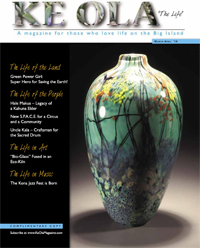
“When you give sovereignty to yourself, you’re free,” he says, “because the key to sovereignty is sharing.” He shrugs his shoulders. “So once you start sharing, you’re sovereign.” How can this Hawaiian kupuna, with his bushy white beard and great heart flashing, be e-blasting this Polynesian passion and brilliance over the Internet? He dances there, materializing on the computer screen, electron by swinging electron.
Where is the protective silence, the squeeze around sacred teachings to keep them pure, hold them for the elite? The big Kahuna teaching on the Internet? Culture shock and halleluiah all in the same breath.
Hearing his words, you want to know more, to dust for Makua’s fingerprints on the visionary doorways he helped open for others, people like transpersonal healer Jill Kuykendall, paleoanthropologist and author Hank Wesselman, social architect and visionary consultant Jim Channon, and sound healer Judith Kahealani Lynne, to mention only a handful.
You trek along the coastal lava fields, past Pu’ukohola Heiau at Kawaihae, where Makua’s ancestors shed blood, to meet another warrior with a passion for peace and waking people up. Jim Channon, a buoyant 70-year old with a magical grin, credits Makua with introducing him to “the whole notion of my soul’s relationship with the galaxy.”
Surrounded by gentle bridges, painted statuary, forest food and flowering plants on his eco-homestead in Hawi called, “Artesia: A Footprints Project,” Channon says, “Makua was the keeper of an extraordinary and possibly unequaled body of knowledge.” Like Makua, Channon, began to have extra-sensory perception when he was a solider in Vietnam.
“I met him at Jill and Hank’s Visionseeker workshops where Makua presented. I attended in the capacity of the artist taking notes. That’s where we became extra good brothers, in the shamanic tradition.”
Channon notes that Makua’s teaching was all about sharing, and in his very presence, which is what inspired him to paint such a vibrant portrait. “I think he shared most purely at an energetic level. You have to do a lot of things in a given space, with a kind of gestural, open presence so that you can in fact get that intermingling of the cells and atomic structures.”
The Visionseeker seminars organized and led by Jill Kuykendall and Hank Wesselman, who now live on their organic Ho’omaika‘i Farm in Honaunau. They brought together Makua, the Na Ao Koa Spiritual Warriors, and traditional ‘awa ceremony as part of their week-long trainings in which the participants were brought into connection with their inner sources of wisdom and power.
Hank’s autobiographical book Spiritwalker, (Bantam, 1995), had chronicled a series of ongoing spontaneous visionary experiences he had in Hawaii between 1985-89. “In writing about this indigenous perspective, Hank was sensitive to the fact that he could be trespassing into an area that did not exactly welcome outsiders, especially anthropologists,” says his wife, Jill.
When Hale Makua read the book in 1996, he loved it, and stepped into their lives wanting to be of service to them. “We found ways to be of service to him in return,” says Jill. “A wonderful friendship blossomed and flourished during the last eight years of his life.”
“Makua came to offer his mana’o at our Visionseeker groups here in Hawaii,” continues Jill, “and through these gatherings, he experienced our teaching of the ancient shamanic journeywork method of meditation. He realized that we were bringing non-tribal Westerners into the authentic visionary experience and he said to us, “Keep spreading the word. You’re making my job easier.”
As one of the founders of the Worldwide Indigenous Science Network, Makua saw that old “colonial” myths were no longer serving us, and that the Hawaiian understanding of the soul could help spawn a new view of who we are, who we are becoming, and what our purpose is.
Sound healer and founder of the global Frequency Keepers, Judith Kahealani Lynne, met Makua after she called him on the phone. He had no airs, immediately inviting her to meet him the very next day on the edge of the Kilauea Crater; at a special place he affectionately called “Makua’s Office.”
As they walked together along the northwestern edge of the vast crater, an area known as ‘Uwe Kahuna, Makua was very low-key. “There was no overt pageantry. He began to speak to his grandparents as though they were right next to him, but on the other side of the veil.”
He prayed and chanted, calling in ancestral spirits to witness their meeting. “Then he said I should pray too. I let loose a siren call with harmonics and sounds within the sounds. He said that I open portals and, through his teaching, I learned that frequency plus feeling equals manifestation,” says Judith.
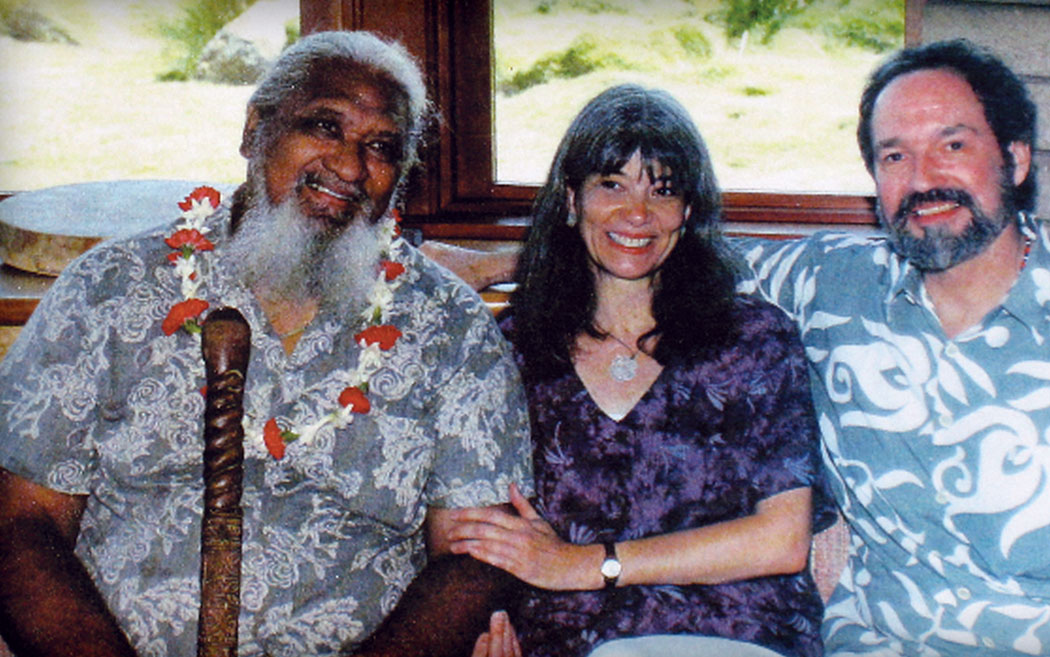
You learn that Makua’s feelings touched into primeval sources like his 18.5 million-year-old Whale Clan ancestry. “He remembered and could recite 1,260 generations back,” says Hank. “He had every name of those ancestors in his oral tradition, in his memory banks. It was the story of human migrations that went back 25,000 years and included Tibet, Asia, India, Egypt, and Africa.”
“Makua said in order to know who you are, you need to know where you came from,” says Judith, “and that will tell you where you are going. That was the first assignment he gave to me, to discover my ancestors. To understand the whole, to understand our mission in life, we need to see the starting point. Then we can see the trajectory.”
Did he consciously concentrate on the future, dreaming a coming age of equanimity? “One of the signatures of our consciousness age,” offers Jill, “is the awareness that each of us possesses an energetic aspect—our energy body, or our kino aka in Hawaiian. Western science is only beginning to understand this as well as its relationship with the physical body, but the indigenous peoples know a great deal about it, and so did Makua.”
Jill, who specializes in a transpersonal healing modality called soul retrieval, adds, “Our personal energy field carries the pattern of our lives, the ‘breathprint,’ as well as the net effect of the balance or imbalance between the dimensions of our soul cluster.”
Makua encouraged others to know themselves, to know the truth, and to engage their ancestors, for the past never really dies. It’s inside us as cellular memory, in the ocean where the Whale Clan cavorts, and fluttering in the soft leaves of Makua’s birth tree.
The most powerful impression Makua made, says Channon, was that “he physically carried the aloha spirit in his being state. He was the walking, breathing archetype of the giant, generous Hawaiian teacher.”
You realize he walked in the tradition of great mystics of all time, tapping a source that can never be lost, because Makua left clear footprints for us to follow.
“I extend to each of you the light and the love of the ancestors, the source of life,” Makua offered. “Rejoice in the power and the peace, braided with the cords of patience, revealing the tapestry of the strongest force in the universe, your aloha. Aloha, Hale Makua.”
You say, “Mahalo, Hale Makua!” ❖
Resources:
Jill Kuykendall, RPT, and HankWesselman, Ph.D.
Spirit Medicine: Healing in the Sacred Realms www.sharedwisdom.com
Worldwide Indigenous Science Network www.wisn.org
Judith Kahealani Lynne www.frequencykeepers.com
Jim Channon and Artesia www.jimchannon.com
